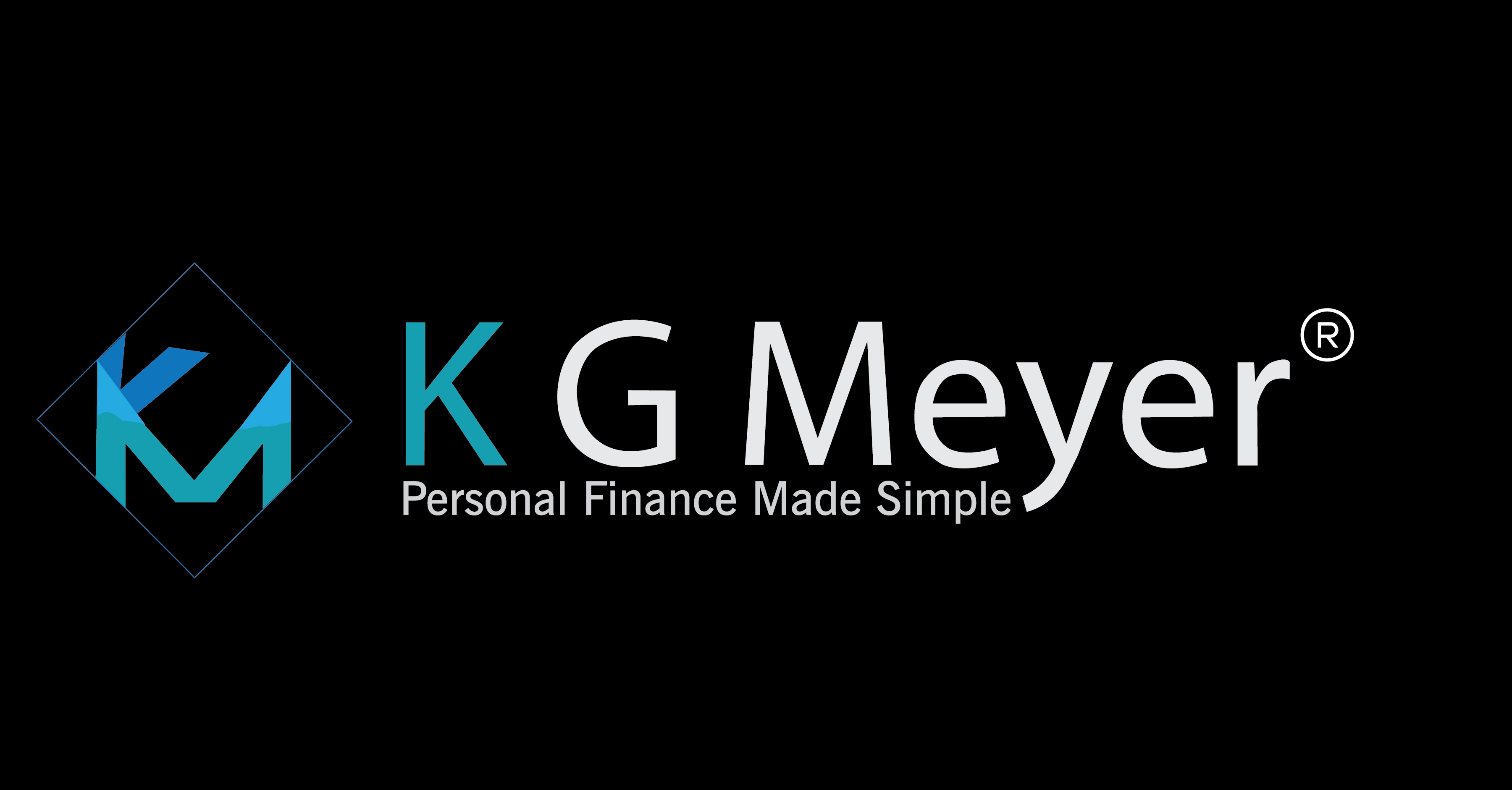
Are you worried your investments are not what they should be? If so that is a fairly common feeling among people of all backgrounds. Most people are afraid to invest because they do not understand the mechanics behind it. I am here to tell you that it is not all that difficult. Yes, investing can be complicated but that does not mean that it has to be. In this post, we will look at how to automate and simplify your portfolio. And yes anyone can do what we will look at here. All you have to do is a little homework, have some faith and let the rest take care of itself.
So how do make it so anyone can invest successfully? That is fairly simple in reality. I recommend the use of indexed Exchange Traded Funds or ETF’s. These are almost exactly like mutual funds in some regards but come at a fraction of the cost to you in the form of lower annual fees. Yes, mutual funds did have their place, but I find the fees too high for their returns. Most funds have fees anywhere from 1.5% and up to around 3.5%, and that means they must perform better than that to break even before taxes and inflation are taken into consideration. Also, mutual funds tend not to beat the market over a long period of time as you can see if you look at five or ten years’ worth of the fund’s performance. So between all of this a mutual fund that is actively managed charges a significant amount in fees to pay for the fund’s manager, trading fees, taxes, and various other expenses such as advertising. That is a lot to consider when you look at the average ten-year return of an actively managed fund, especially since that does not account for things like taxes and inflation.
ETF’s, on the other hand, tend to have fees below 1.5% on average and instead of trying to beat the market like a mutual fund they try to mirror it and follow an index of some sort. The most famous index that is followed is the S&P 500. So an ETF that follows the S&P 500 simply owns the 500 stocks that make up the index in their respective percentages. Then the ETF simply performs the same as the S&P 500. There is no trying to beat the market just mirror it in its returns. This does not add to the ETF’s fees in the way of much management. And since the S&P 500 does not change much the ETF does not generate the expenses of trading and the taxes that go with that activity. A well-run index fund can have fees as low as 0.1%, and that can translate to thousands of dollars in your portfolio over many years. And the market on average returns about 8% a year before inflation and taxes are considered. Much better than over 95% of actively managed mutual funds.
So what is the right mixture of ETF’s for you? That is a question that only you can answer by assessing your risk tolerance. That can be done by doing an online search for risk management tests that are available on many financial sites. Or you can go to see a fee-only financial advisor to see what your tolerance is, and they can suggest you a good asset allocation plan based on your results. A good fee-only planner is worth their weight in gold for many people as they can provide you an objective non-biased account of feedback on your situation and plans. But this is the important part of the whole investing aspect of things. And that is asset allocation of your funds. That simply means that someone who is younger can take more risks with their capital and invest more heavily in equities as the risk reward is higher for such investments. Someone who is older and nearing retirement would want an allocation that has some equities but other assets as well such as bonds or real estate trusts or REITs. Finding the right allocation is where a fee-only advisor can assist you if you do not want to do the research yourself. And there are ETF’s for just about any asset from equities to bonds, to foreign markets, commodities, and real estate. All you do is look for what asset you want to own and find an ETF that corresponds to that asset.
So how do you make this process as simple as it can be? Look for a low-cost online brokerage firm that has low trading commissions and no or low fees. I have used Sharebuilder for over a decade, and it is a great platform, and the best part is you can buy and sell fractional shares. Many online firms are not set up to handle fractional shares so beware and do your research before you sign up anywhere. But on Sharebuilder, you can not only buy fractional shares you can set up automatic purchases of set amounts that occur the same time every month for a low commission.
As you can see investing does not have to be overly complicated or complex in nature. Anyone who has the desire to invest can do so on their own and easily in today’s market. With the use of ETF’s and an online broker such as Sharebuilder, you can have a well invested and diversified portfolio all on your own. And if you need the assistance of a professional, you now know to use an experienced fee-only financial planner.
If you need any more information or help in the area of setting up your own financial portfolio feel free to leave a comment or send me a private message.



